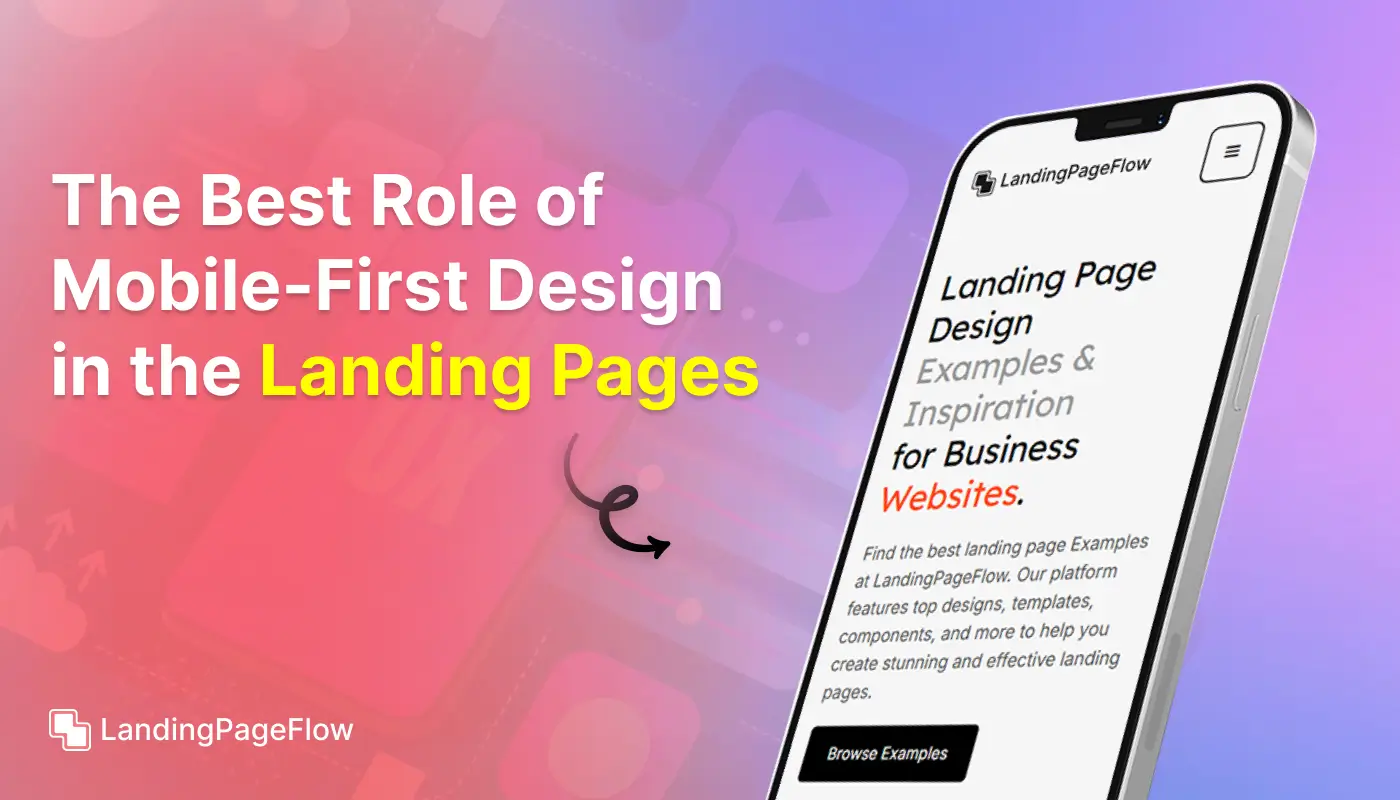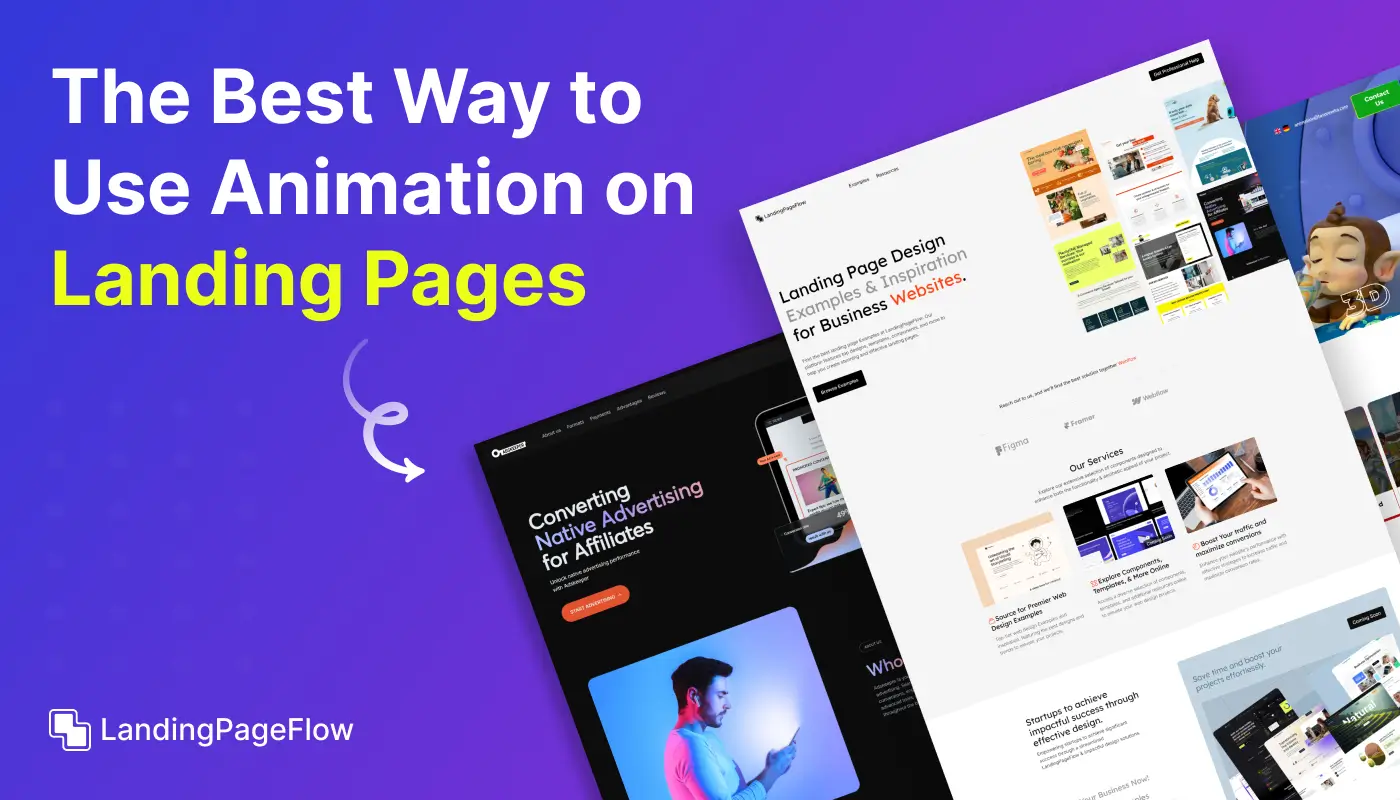5 Key Attributes of a Great Landing Page Designer

November 17, 2025
Hiring a landing page designer who can create visually appealing, high-converting pages is critical for turning traffic into measurable results.
In 2025, the best designers combine design flair with marketing know-how, ensuring every pixel supports the goal of engaging and converting visitors.
This guide breaks down the five key attributes you should look for when evaluating a landing page designer for your business or project.
From understanding user behavior to implementing conversion-focused layouts, these skills make the difference between average and exceptional work.
You’ll also see how modern tools, testing strategies, and brand alignment help designers create pages that drive consistent, trackable growth.
By recognizing these attributes, you can choose a designer who understands both the art and science of creating powerful landing experiences.
"Need help evaluating a designer’s portfolio?
Request a free checklist of the must-have skills and traits."
Table of Contents
- Understanding User Experience (UX)
- Expertise in Conversion Optimization
- Strong Design Skills
- Analytical Thinking and Data-Driven Decision Making
- Proficiency with Design Tools and Platforms
1. Understanding User Experience (UX)
.webp)
Importance:
A deep understanding of UX principles is crucial for creating landing pages that are intuitive and user-friendly. UX-focused design ensures that visitors have a smooth and engaging experience, which can significantly impact conversion rates.
Tips:
- User Research: Research to understand your target audience’s needs, behaviors, and pain points. This helps in designing a page that addresses their specific concerns.
- Usability Testing: Test your designs with real users to identify and fix any usability issues before the page goes live.
- Navigation Simplicity: Ensure that the landing page layout is straightforward, with clear navigation paths and minimal distractions.
2. Expertise in Conversion Optimization

Importance:
Conversion optimization involves designing landing pages to maximize the percentage of visitors who take a desired action, such as signing up for a newsletter or making a purchase.
Tips:
- Effective CTAs: Create clear, compelling call-to-actions (CTAs) that guide users toward the desired action. Use action-oriented language and make the CTAs stand out visually.
- A/B Testing: Implement A/B testing to experiment with different elements (e.g., headlines, CTAs, images) and determine which versions yield the highest conversion rates.
- Landing Page Copy: Craft persuasive copy that highlights the benefits and value of your offer. Address potential objections and include social proof, such as testimonials or reviews.
3. Strong Design Skills

Importance:
Visual design plays a crucial role in attracting and retaining visitors. A strong designer uses aesthetics to create an appealing and professional landing page that enhances the overall user experience.
Tips:
- Visual Hierarchy: Use design elements like color, size, and spacing to create a clear visual hierarchy. Important elements should be more prominent, guiding users’ attention to key areas of the page.
- Consistency: Ensure consistency in design elements, such as fonts, colors, and button styles, to maintain a cohesive look and feel.
- Responsive Design: Design landing pages that look great and function well on all devices, including desktops, tablets, and smartphones.
4. Analytical Thinking and Data-Driven Decision Making

Importance:
A great landing page designer uses data and analytics to make informed decisions, ensuring that the design is not only visually appealing but also effective in achieving its goals.
Tips:
- Performance Metrics: Regularly review metrics such as conversion rates, bounce rates, and user behavior to assess the effectiveness of your landing page.
- Data Analysis: Use tools like Google Analytics or Heatmaps to analyze user interactions and identify areas for improvement.
- Continuous Improvement: Based on data insights, continuously optimize and refine your landing page to enhance performance and achieve better results.
5. Proficiency with Design Tools and Platforms

Importance:
Proficiency in design tools and platforms is essential for creating high-quality landing pages efficiently. A great designer should be comfortable using various tools to bring their vision to life.
Tips:
- Design Software: Be skilled in using design software such as Adobe Creative Suite, Sketch, or Figma to create and prototype landing page designs.
- Landing Page Builders: Familiarize yourself with landing page builders like Wix, Shopify, or Leadpages, and understand their features and limitations.
- Coding Knowledge: While not always required, basic knowledge of HTML and CSS can be beneficial for making custom adjustments and ensuring design consistency.
Conclusion
Finding the right landing page designer can transform your marketing efforts by turning more visitors into paying customers.
A great designer blends creativity, strategy, and data-driven thinking, ensuring every design decision supports your business objectives.
Look for someone who can test and refine designs based on performance metrics, not just visual appeal.
By prioritizing these five attributes, you’ll partner with a professional who knows how to deliver results while staying true to your brand identity.
In 2025, success comes from designers who understand audience psychology, keep up with trends, and know how to optimize for conversions.
Start your search with these qualities in mind, and you’ll find a designer who can elevate your landing pages from good to exceptional.

FAQ
1. What software should a landing page designer know?
They should be familiar with tools like Figma, Adobe XD, and popular page builders.
2. How important is marketing knowledge for a designer?
It’s crucial, as effective pages require understanding how design impacts conversions.
3. Can a designer help with A/B testing?
Yes. Many experienced designers set up and analyze split tests to improve results.
4. Should a designer handle both desktop and mobile layouts?
Absolutely. A responsive approach ensures your page works well on all devices.
5. How do I check a designer’s track record?
Review case studies, client testimonials, and before-and-after performance data.
6. Do designers also write landing page copy?
Some do, but many collaborate with copywriters for maximum conversion impact.



















